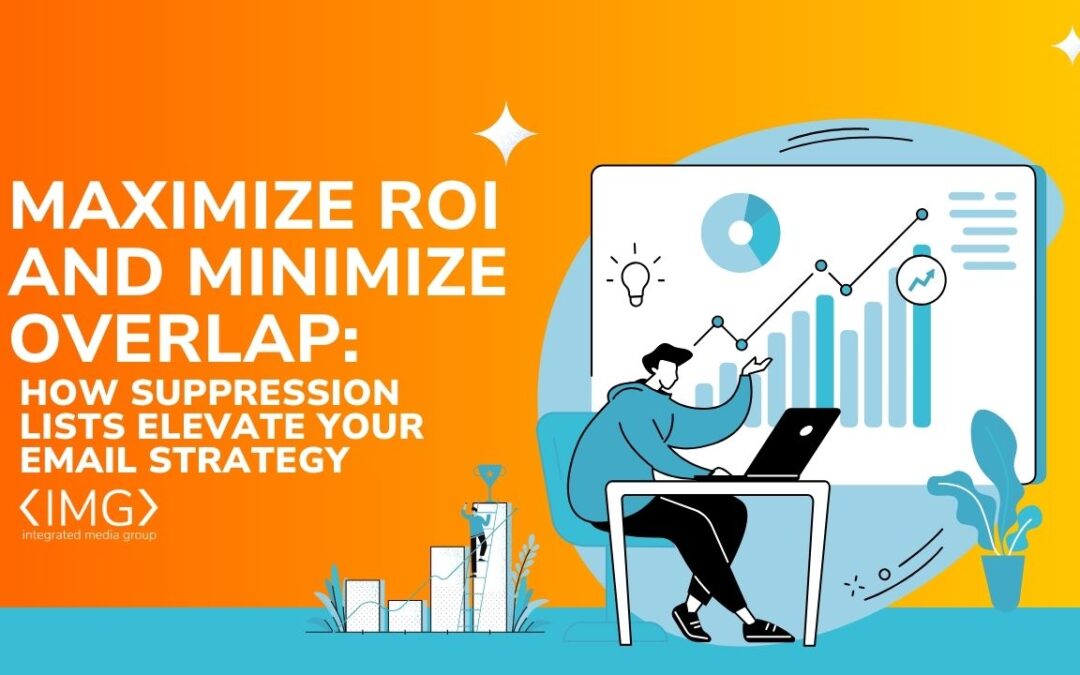Effective email marketing is not just about who receives your message, but also about who doesn’t. Enter suppression lists – a critical tool in ensuring that your email communication is targeted, relevant, and impactful. In a recent YouTube video, our Director of Growth Strategy, Cassie, discusses the nuances of suppression lists within Account Engagement (formerly Pardot), shedding light on their significance and practical applications.
Why You Need a Suppression List
Let’s emphasize a fundamental truth: who you don’t send an email to is just as important as who you do. Suppression lists serve as a strategic filter, allowing marketers to exclude specific individuals or groups from receiving certain email communications. Whether it’s automated campaigns, one-off list emails, or other forms of communication, suppression lists ensure that your message reaches the right audience while minimizing the risk of spamming or alienating recipients.
Use Cases: Dynamic vs. Static Lists
To illustrate the versatility of suppression lists, let’s outline two primary use cases: dynamic and static lists:
Dynamic lists are fluid and evolve based on predefined rules or criteria. For instance, you might want to target new leads without inadvertently communicating with existing contacts who are already engaged in a separate conversation. By utilizing a dynamic suppression list, you can tailor your messaging effectively while safeguarding against overlap or confusion.
On the other hand, static lists are fixed groups of individuals that remain unchanged over time. This could include imported CSV files of current clients or attendees from a specific event, as well as manually curated lists within Account Engagement.
Implementation in Email Campaigns
Now, investigate the practical steps of integrating suppression lists into email campaigns within Account Engagement. For list emails, adding a suppression list is a straightforward process within the sending tab. By simply selecting the relevant suppression list, marketers can refine their audience segmentation and optimize engagement.
Similarly, for engagement programs, the inclusion of suppression lists occurs directly within the engagement structure. Positioned beneath the list of recipients, this feature empowers marketers to fine-tune their targeting strategy and enhance the effectiveness of their email initiatives.
Suppression lists offer a strategic mechanism for refining audience segmentation, mitigating redundancy, and maximizing the impact of your email communications. Let’s emphasize, that understanding when and how to leverage list segmentation is key to achieving optimal engagement and driving meaningful results in your marketing efforts. IMG is here to be your growth partner in building your Account Engagement. Let’s talk.

